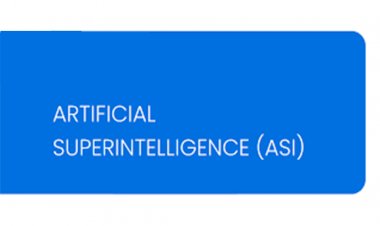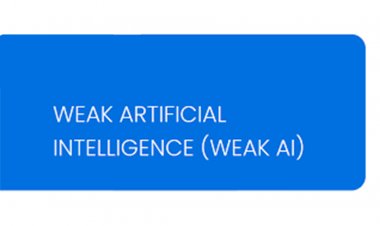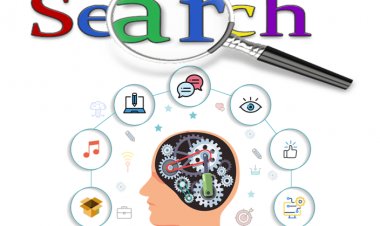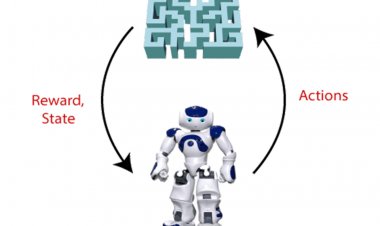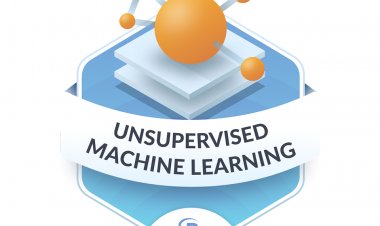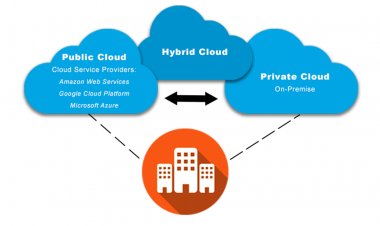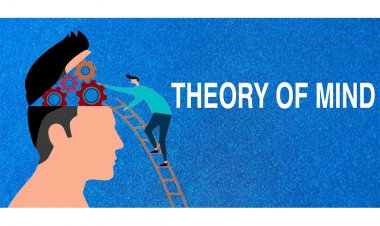Semi Supervised Machine Learning
Semi supervised machine learning falls between unsupervised learning and supervised learning.
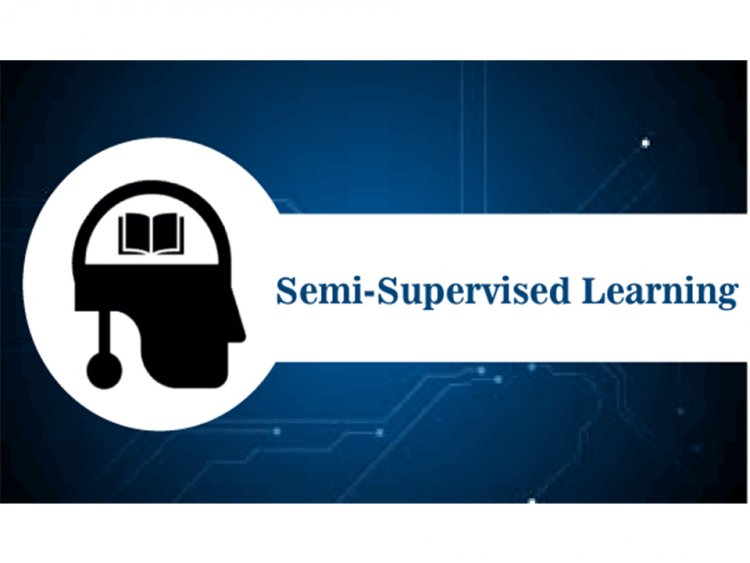
Introduction:
Machine learning is the process through which a machine learns from prior data and then makes predictions about the future based on that learning. Sometimes a tiny amount of human participation is required, while other times no human engagement is required. The fundamental downside of supervised learning is that it necessitates the use of an ML specialist on the part of the data scientist, which is a costly technique. Semi-supervised machine learning was introduced to address this flaw. Imagine being able to foresee and make judgments about your company's future income using machine learning.
What is semi-supervised learning?
Semi-supervised learning is a sort of machine learning that falls between supervised and unsupervised. The combination of a little quantity of categorized data and a big volume of unlabeled data is known as semi-supervised learning. It combines the advantages of both supervised and uncontrolled learning.
How does semi supervise learning work?
Semi-supervised learning, unlike supervised learning, employs pseudo labeling to train the model using less labeled training data. Various neural network models and training methods can be combined in this procedure. The following points will illustrate how semi-supervised learning works:
- To begin with, it trains the model with a smaller quantity of training data than supervised learning models. The model is trained until it produces correct results.
- In the following stage, the algorithms employ the unlabeled dataset with pseudo labels, and the output may no longer be correct.
- The pseudo labels data and the labels from labeled training data are now connected.
- In addition, the input data in unlabeled training data are connected.
- Finally, like in the previous phase, retrain the model with the new combined input. It will decrease mistakes and increase the model's accuracy.[1]
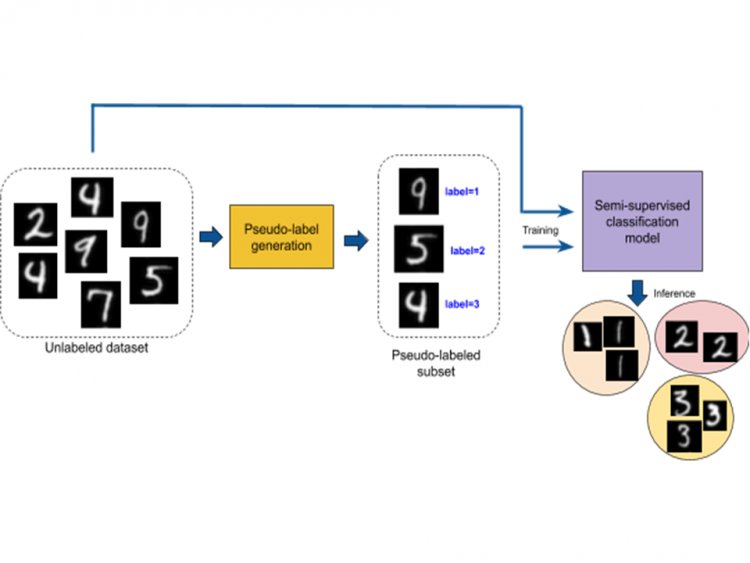
What is the example of semi-supervised learning?
Speech Analysis
It is the most well-known use of semi-supervised learning. Because classifying audio data is the most difficult operation that necessitates a large number of human resources, this problem may be naturally solved by using SSL in a semi-supervised learning model.
Web content classification
However, labeling each page on the internet is extremely important and difficult since it requires significant human interaction. Even yet, using Semi-Supervised Learning Algorithms, this issue can be mitigated.
Furthermore, Google ranks a webpage for a particular query using semi-supervised learning algorithms.
Protein sequence classification
Because DNA strands are longer, significant human involvement is required. In this sector, the emergence of the semi-supervised model has been close.
What are the types of semi-supervised learning?
The following are the types of machine learning
- Learning through Induction
Inductive learning's purpose is to generalize to new data. Inductive learning, therefore, is the process of creating a learning algorithm that learns from a labeled training set and then generalizes to new data.
- Learning in a Transductive Way
The purpose of transductive learning is to convert knowledge from labeled training datasets to unlabeled (training) data that is readily available.
What are the advantages of semi-supervised learning?
- It is easy to understand.
- It decreases the quantity of annotated data used.
- It is a steady algorithm.
- It is simple.
- It has high competence.
What are the disadvantages of semi-supervised learning?
- Iteration consequences are not stable.
- It is not applicable to network-level data.
- It has little correctness.
Conclusion:
You can use either labeled or unlabeled data as training data in semi-supervised learning. Machine learning may be used based on the business's needs and preferences while keeping in mind the benefits and downsides of each learning method.
- Introduction to Semi-Supervised Learning. Available from: https://www.javatpoint.com/semi-supervised-learning.
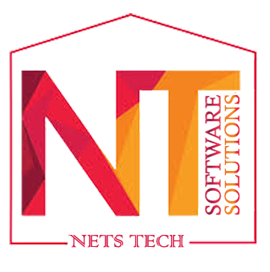
 admin
admin 







